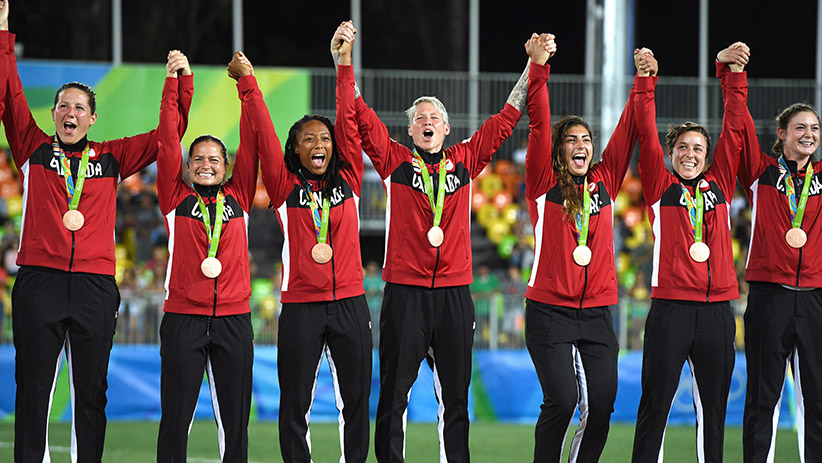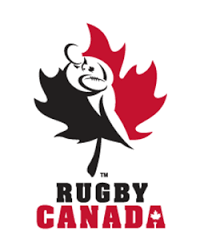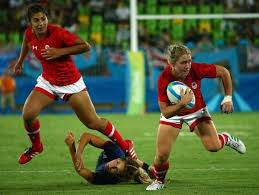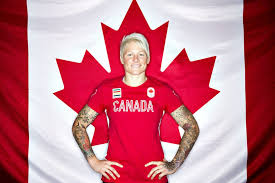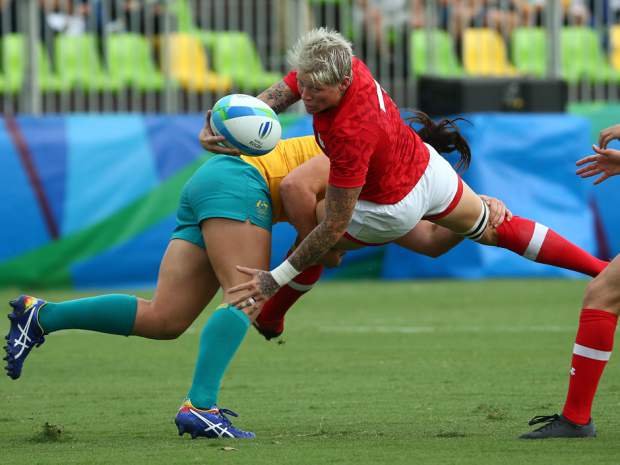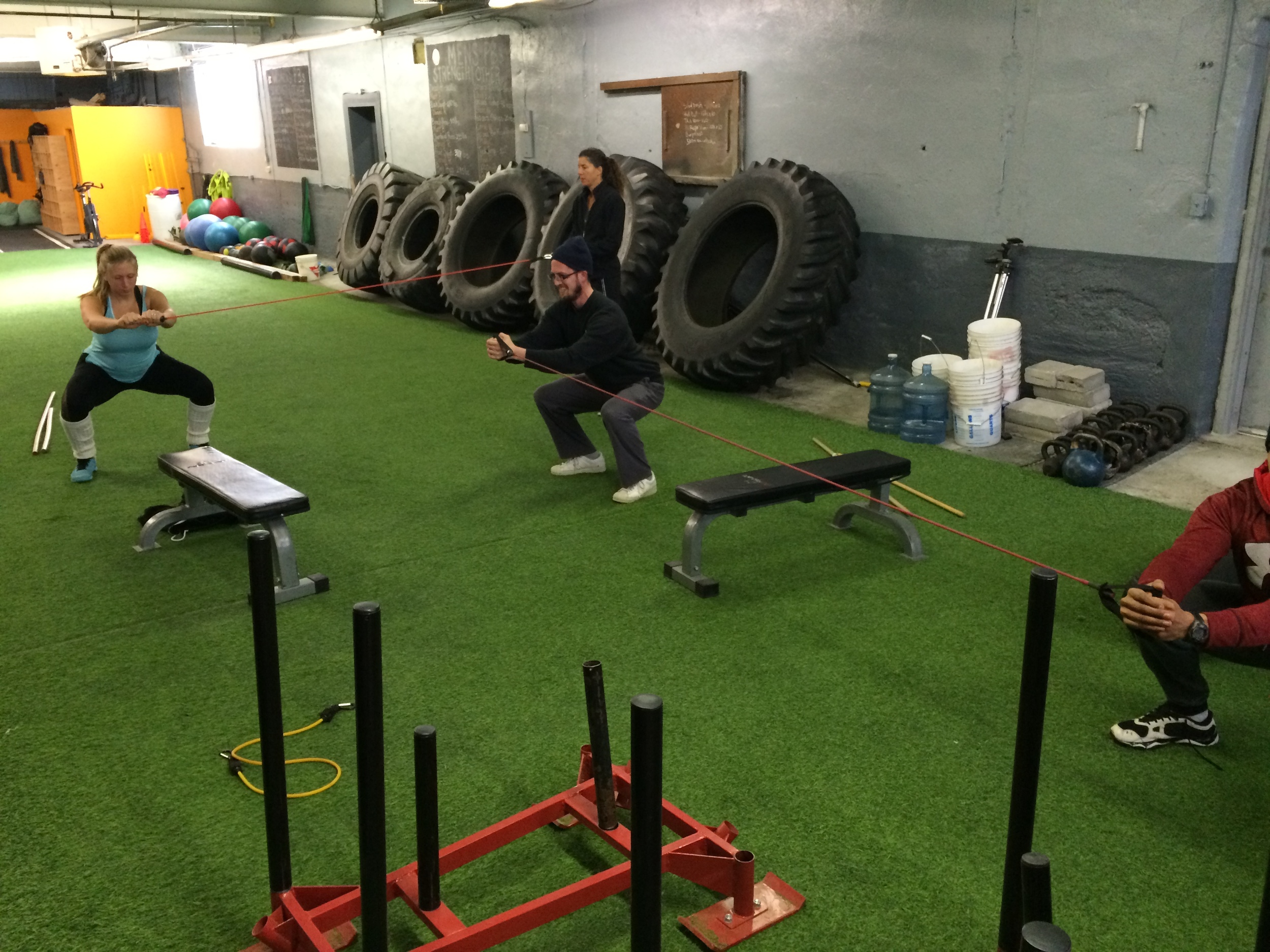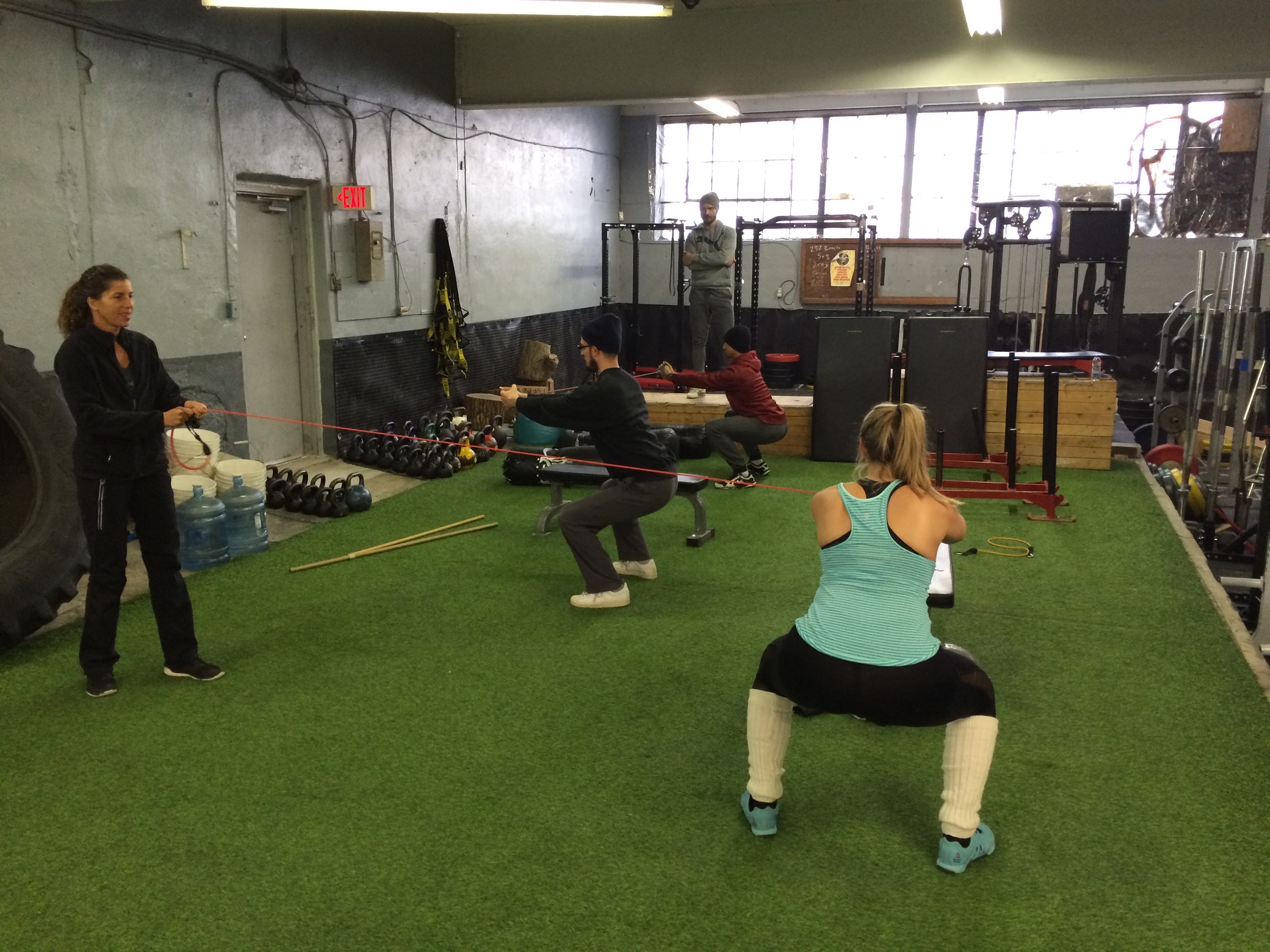In most cases this can be the easiest hack to improve your health and performance. Nasal breathing is the most effective way to breathe and has numerous health benefits. For performance nasal breathing helps with diaphragm function. The diaphragm is the mystery muscle that can be trained and helps with vital functions. The diaphragm helps to expand the lungs and can help the heart pump at the same time.
The simplest way to train the diaphragm is through a nasal belly breath. Simply lay on the floor or sit with an upright spine. Put your hand on your belly button or your chest. Take deep inhale and visualize filling the "balloon" below your belly button. Try to exhale for the same amount or longer than your inhale. Try this for 5-10 min everyday.
This is so simple yet very challenging. You will note that your posture will dictate how much air you can get down there. If you can't sit tall on the floor sit on a pillow or chair. Try sitting as tall as you can without flaring your ribs too much.
I will be hosting a Performance Lab ZOOM class to explore parts of you breathing system, how to feel them and create breathing practice.
Performance Lab ZOOM class - Thur July 23 @ 6 pm
Check out the great resource I have been diving into to get a better understanding of art and science of breathing.




